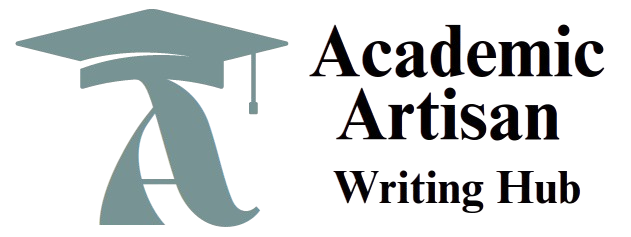WhatsApp Number: +1(249) 265-0080
Developmentally Appropriate Instruction
Classes at every grade level are comprised of students at varying stages of cognitive, linguistic, physical, social, and emotional development. Teachers must be able to design developmentally appropriate, challenging instruction that increases engagement and learning for all students. Carefully read and examine each scenario located on the “ELM-201 Development Scenarios” template. Each one depicts a student that differs in one or more areas of their development. After reading each scenario, apply the major concepts, principles, theories, and research related to the development of children and young adolescents as you respond. Each response should be 150-200 words, and include the following:
- Typical developmental milestones for the developmental area and grade level included in the scenario.
- At least three developmentally appropriate strategies that can be implemented in the classroom to specifically address each student’s varying abilities. At least one strategy for each scenario must be challenging and demonstrate high levels of student engagement. Consider what you know about Vygotsky and the zone of proximal development (ZPD).
Support your work with 2-3 scholarly resources. While APA Style is not required for the body of this assignment, solid academic writing is expected, and documentation of sources should be presented using APA formatting guidelines, which can be found in the APA Style Guide, located in the Student Success Center.
Check our essay writing services here
Developmentally Appropriate Instruction
Typical Developmental Milestones:
By second grade (ages 7–8), children typically display improved attention span, problem-solving abilities, and logical thinking. They begin to understand cause and effect, follow multi-step directions, and engage in collaborative learning. However, students with cognitive development delays may struggle with memory, processing information, or comprehending abstract ideas.
Developmentally Appropriate Strategies:
-
Use Visual Aids and Manipulatives: Provide concrete visual supports like charts, picture cards, and math manipulatives. These tools help bridge abstract concepts and aid students in making connections, supporting their learning within their current developmental stage.
-
Scaffolded Instruction with Peer Support: Based on Vygotsky’s Zone of Proximal Development (ZPD), pair the student with a peer buddy who can guide them through tasks with teacher support. Scaffolding helps the student move beyond what they can do alone, promoting growth within their cognitive abilities.
-
Interactive Learning Stations (Challenging and Engaging): Create differentiated learning stations that allow students to explore content through games, technology, and hands-on experiments. These promote high engagement and encourage active learning, accommodating varying levels of


